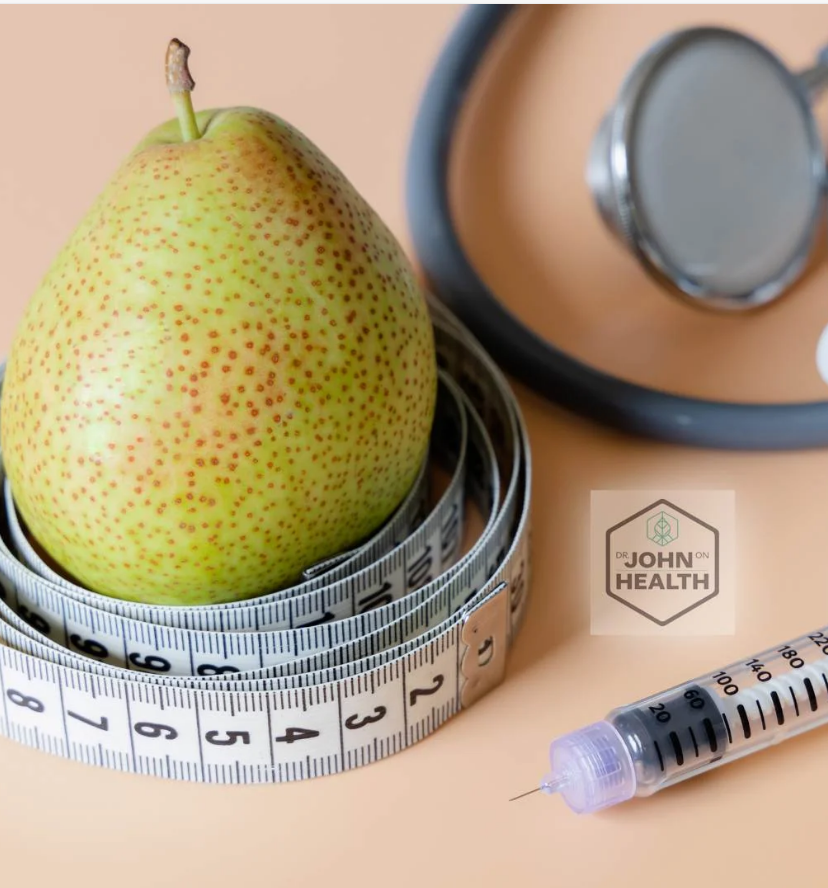
If you’ve been diagnosed with diabetes or are prediabetic, having a vegetable garden can help you change your eating habits and control your blood sugar. Diabetes is a condition where your blood sugar remains elevated, with serious health consequences over time.
In children with Type 1 diabetes, a dysfunctional pancreas that does not produce insulin prevents cells from recognizing the presence of glucose outside. Type 1 diabetics must inject insulin so their cells can use glucose. In Type 2 diabetes, doctors believe that the cause of high blood sugar is “insulin resistance,” meaning that cells do not respond to insulin and therefore fail to bring the glucose in.
The problem of the insulin resistance theory is that there is no explanation for how or why cells become resistant to just one out of 50 hormones in the body. Additionally, there is no measurement of the degree of resistance. In my view, insulin resistance is a bogus theory that prevents people from treating diabetes correctly.
I suggest that Type 2 diabetes is due to the modern diet high in grains and grain-flour products that cause a normal body metabolism – the use of fatty acids in cells rather than glucose — to go haywire. This is what creates the condition of high blood sugar. Humans were never meant to eat so much wheat, oats, barley, rice, or corn. During the first 40,000 years of upright human existence, we did not eat cultivated grains. Grains became a food staple of mass consumption only after the agricultural revolution of the 20th century increased their availability, affordability, and accessibility.
What does this have to do with gardening? A lot. You can safely wean off grains, step by step, by having a bountiful vegetable garden bursting with fresh produce while enjoying what you grow and harvest.
Start by planting lettuces as the foundation for different salads to accompany your entrée or topped with chicken, fish, or meat as your main meal. Add your choice of carrots, radishes, cucumbers, green beans, peas, tomatoes, onions, broccoli, or peppers from your garden. Mustard greens can give the spicy kick to a French salade Nicoise with tuna and black olives or a salad with slices of steak. Cook up some lentils and mix them with your garden’s red onion, cucumbers, and tomatoes and throw in some feta cheese for a Mediterranean salad.
If you have space, plant eggplants, artichokes, or yams. Make room for zucchini or squash, either for the vegetables themselves or for their flowers, which are a delightful treat filled with cheese and baked.
A variety of herbs—oregano, thyme, rosemary, dill, basil, mint, cilantro, parsley, tarragon, and others from your garden add flavor to anything you cook—like baked chicken sprinkled with chopped fresh rosemary or thyme, or Scandinavian salmon soup with dill or tarragon—but more importantly, they contain micronutrients and minerals that the body’s cells need for optimum functioning.
No matter what you choose to grow, the goal of your garden is to be a reminder that humans are meant to eat fresh, seasonal foods, not prepared or canned goods high in fats, sodium, and usually preservatives. Eating fresh vegetables you grew with love and care will transform your attitude and approach to your diabetes and give you the confidence you can eat for health and still feel satisfied and energetic without grains at every meal. Three different vegetables per day can also increase your intake of fiber to the daily recommended amount of 20 to 35 grams, which improves your digestion and results in a slower elevation of blood sugar after a meal.
Finally, one of the most often overlooked benefits of eating a lot of fresh vegetables is that they force you to chew your food. Chewing allows the orderly release of nutrients contained in each bite, which are then detected by the taste and smell receptors in your mouth and oral cavity. The receptors send signals to a control center in your brain that tracks your nutrient intake. This is in fact how your brain creates a sense of satisfaction. Specifically, when the bite of food no longer provides the same degree of enjoyment as the first bite, your brain is telling you that you can stop eating, as you have consumed enough nutrients from that dish until the next meal.
The reduction of enjoyment at a certain point in a meal is our natural mechanism to avoid overeating. This is evident if you watch any toddler eat. You will observe that they eat only when hungry, and stop eating when they are satisfied, even if there is still food on the plate. Adults do this when they are thirsty, drinking only enough until they sense that they are no longer thirsty. But when it comes to food, adults tend to keep eating to fill their stomachs, a learned habit that becomes a consistent eating behavior, leading to weight gain, obesity, and often diabetes.
If you have no backyard space available for planting, consider a planter box or two on your windowsill, porch, balcony, or in a community garden. Invite your family members to join in. Tune into the bounty of nature to obtain over 100 nutrients needed to live healthily.

Diabetes: The Real Cause & The Right Cure.8 Steps to Reverse Your Diabetes in 8 Weeks
If you have been diagnosed with Type 2 Diabetes, this informative yet easy-to-use book will help you or a loved one reverse it in 8 weeks. My plan will also help you to remain diabetes free as you will take this on as a lifestyle. Make better choices and take ownership of your health today.
Now you can start making healthy steps while simply listening to the book!!!
Click on this image to get the audiobook




